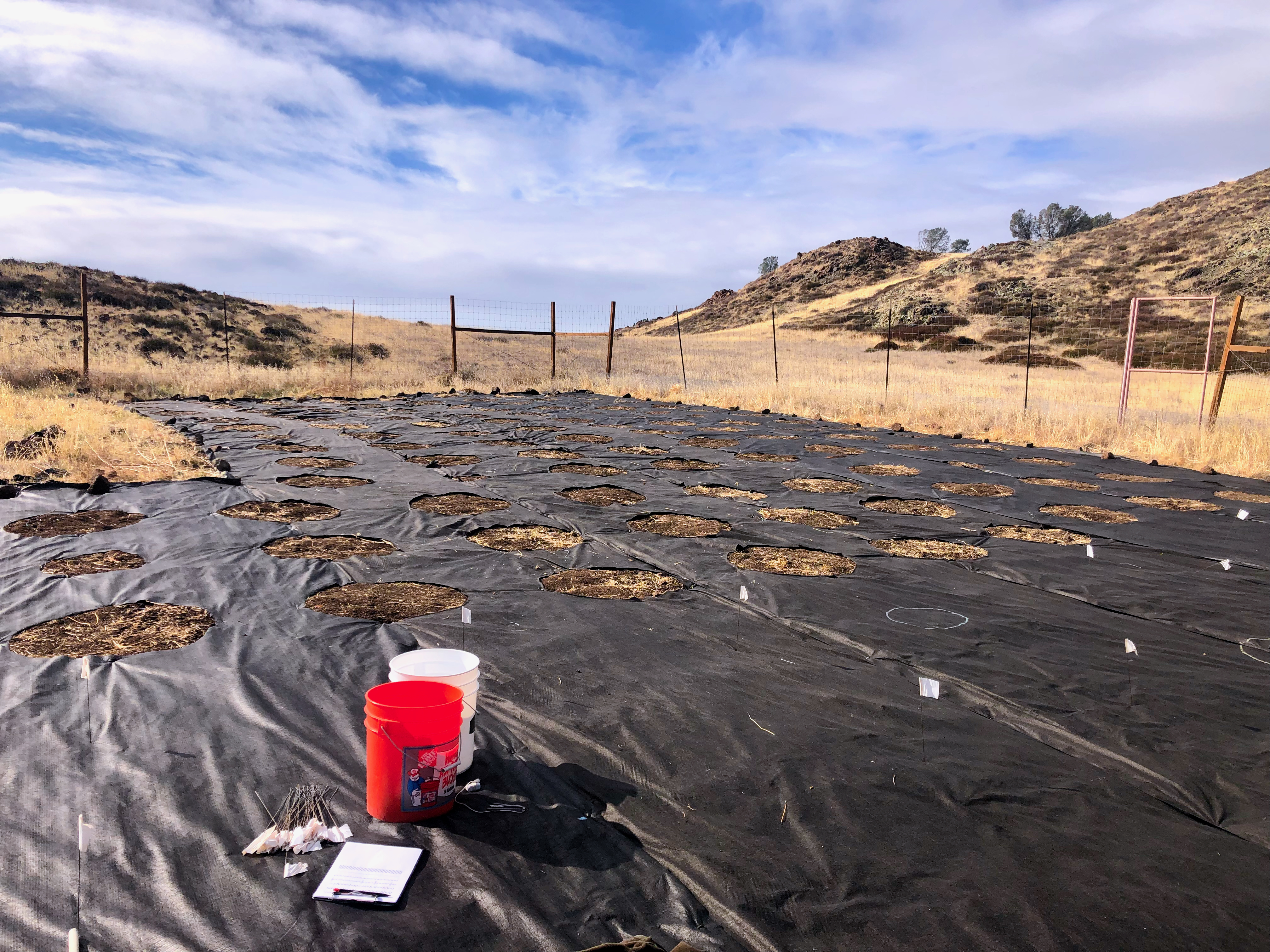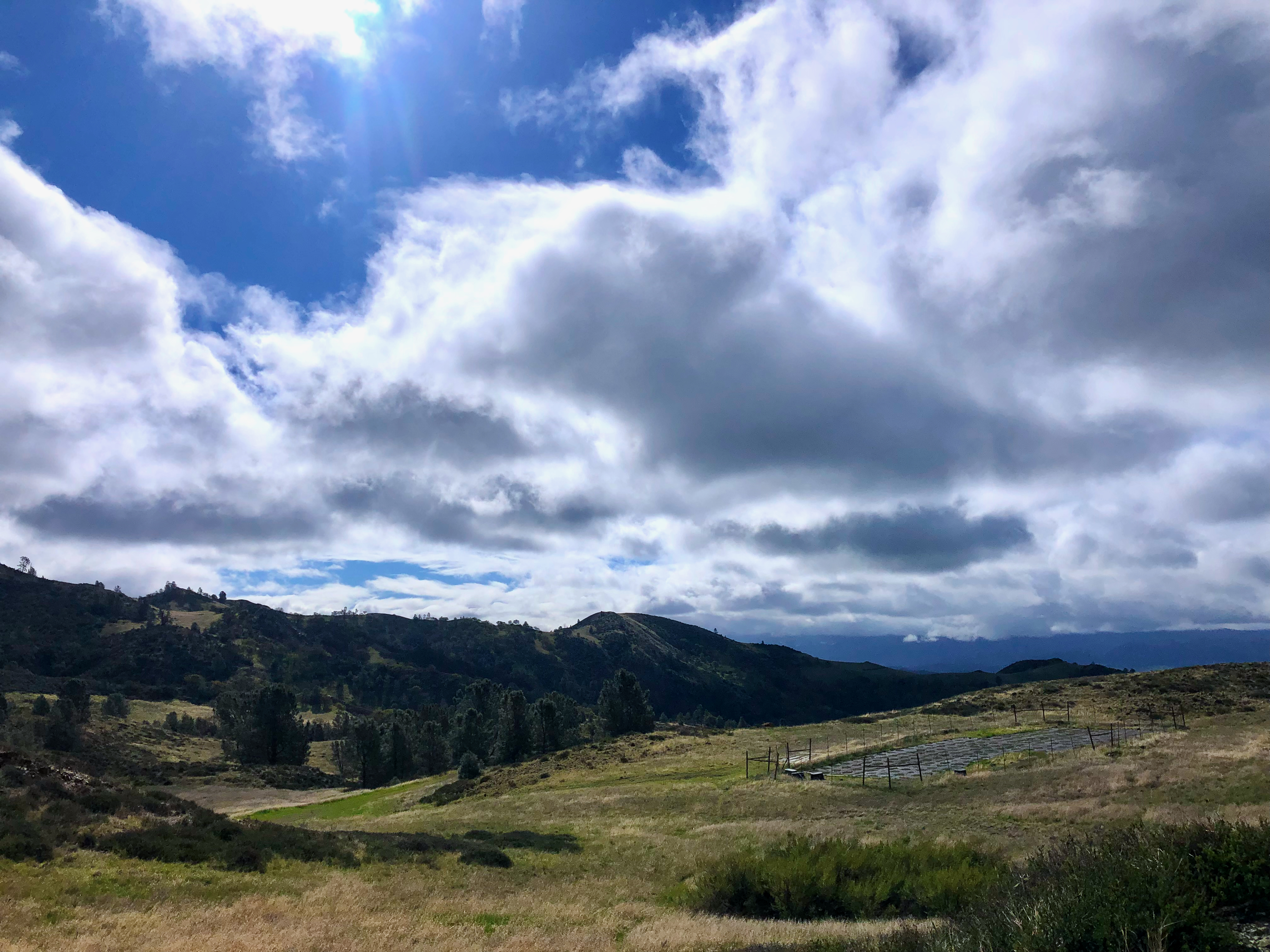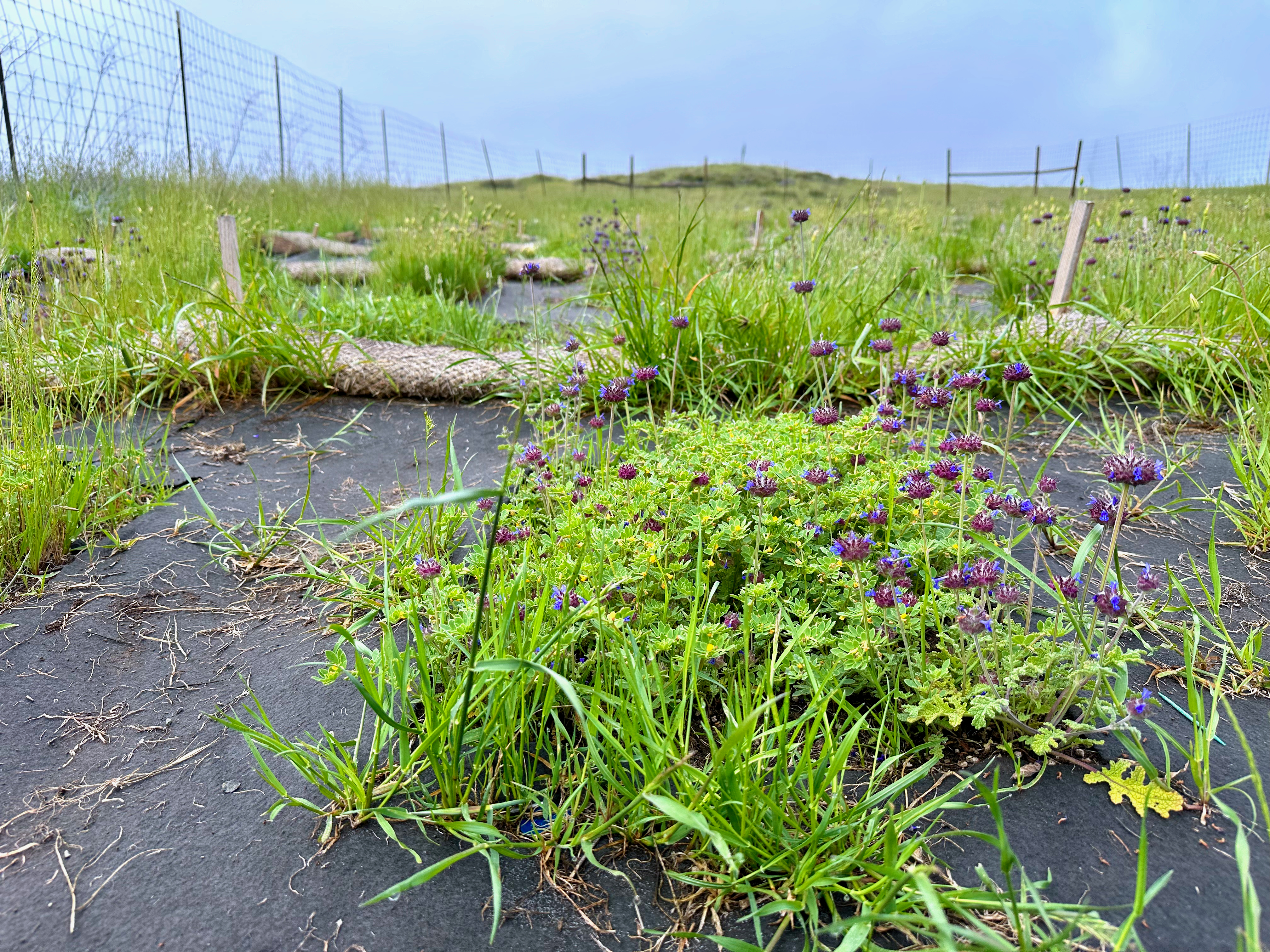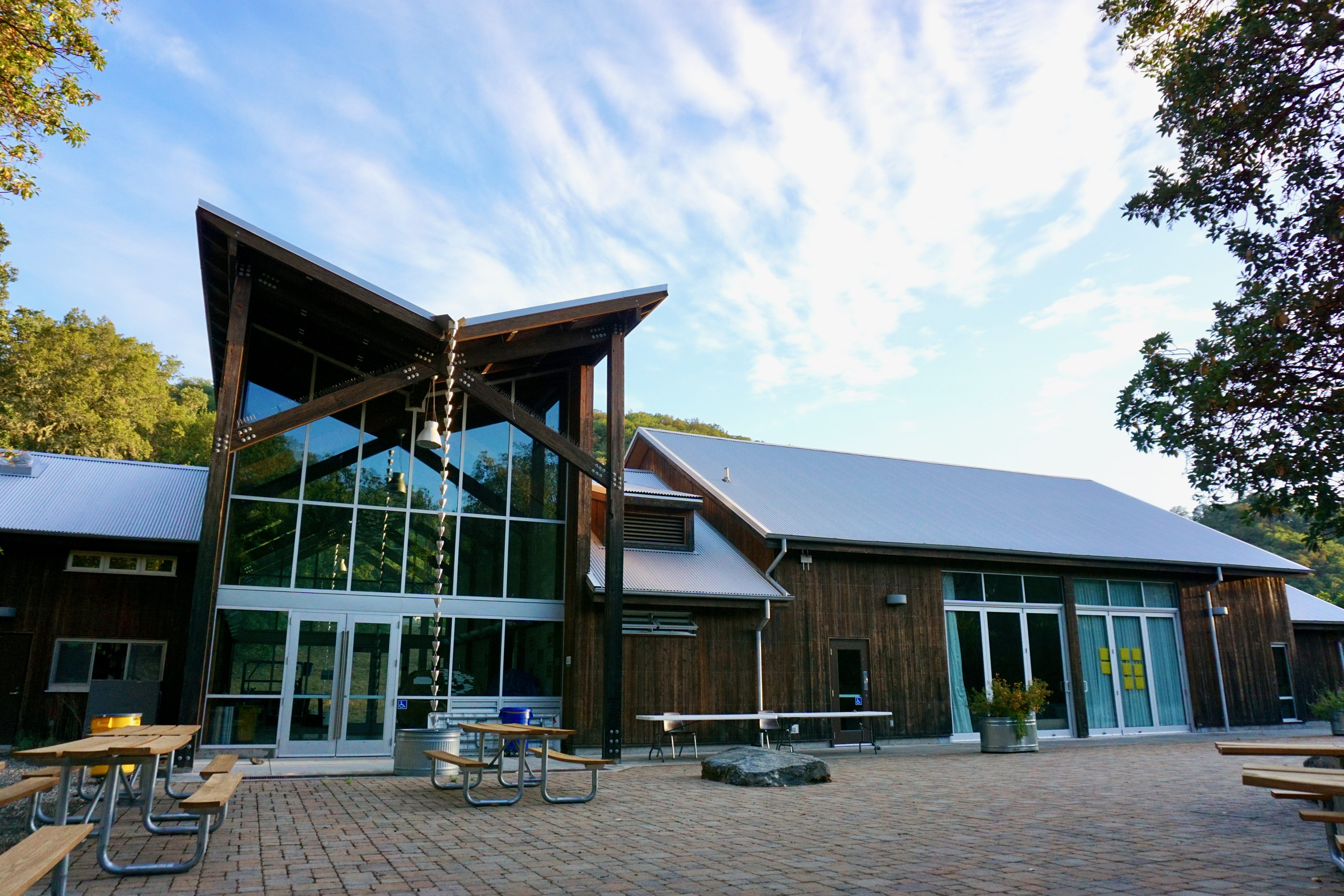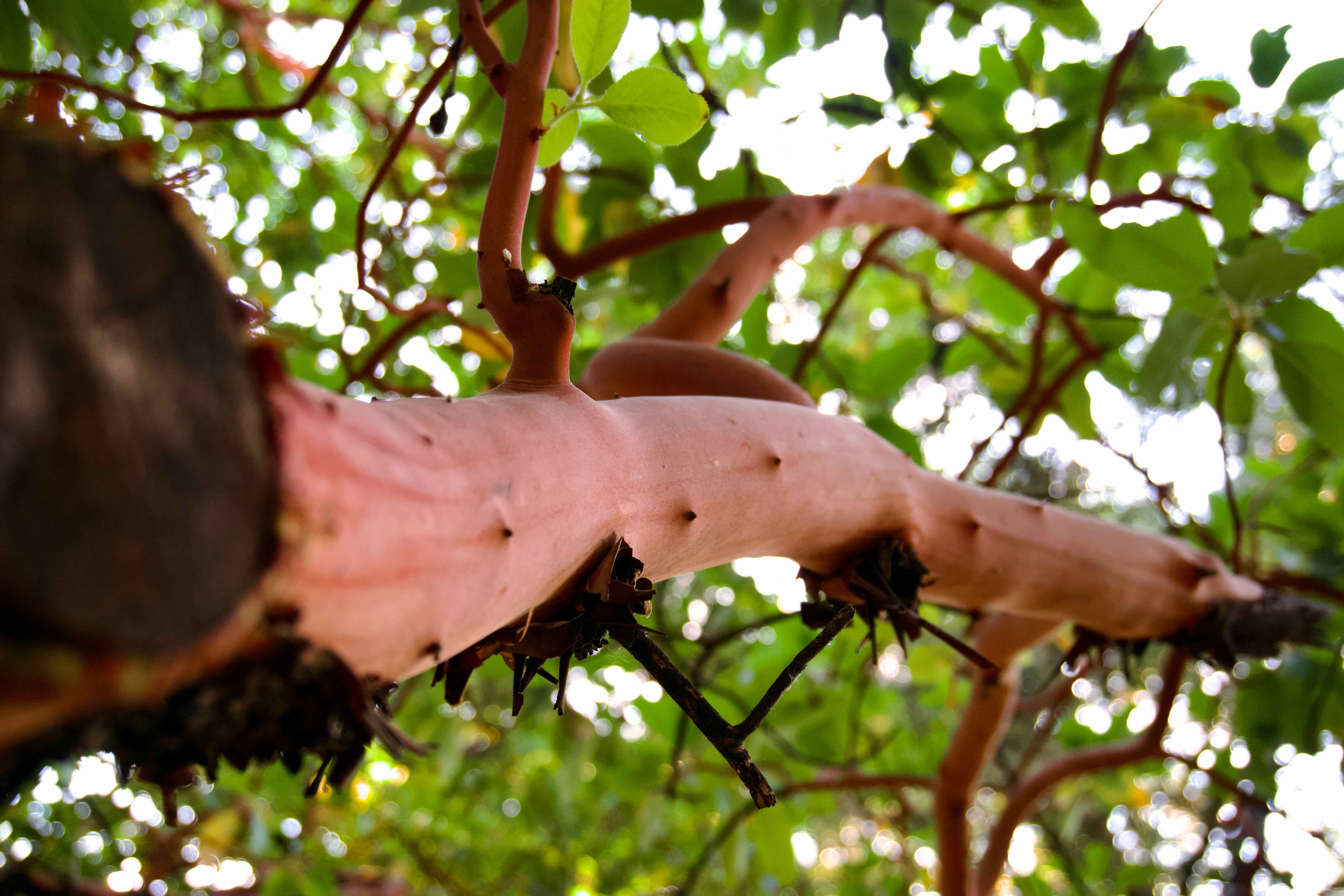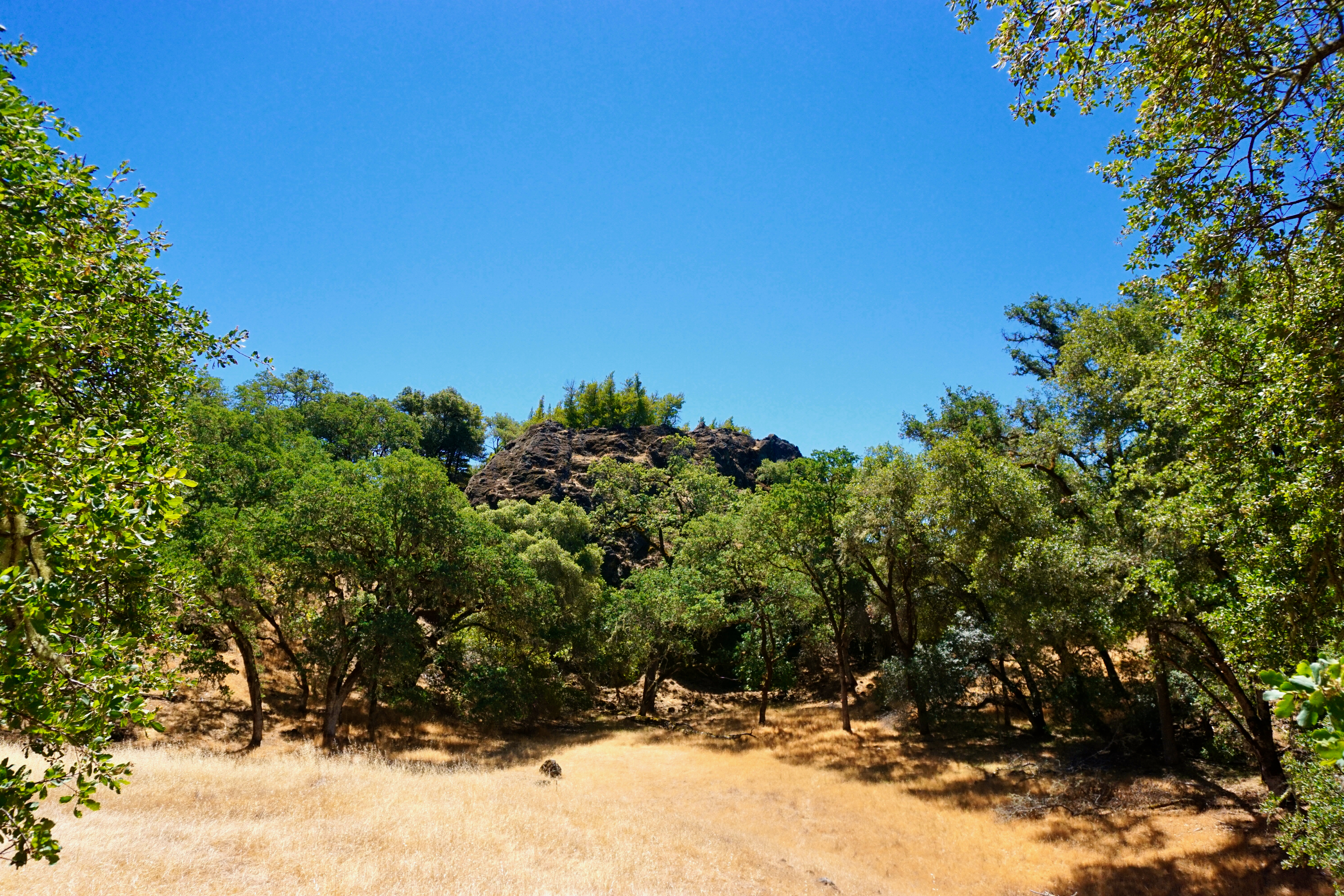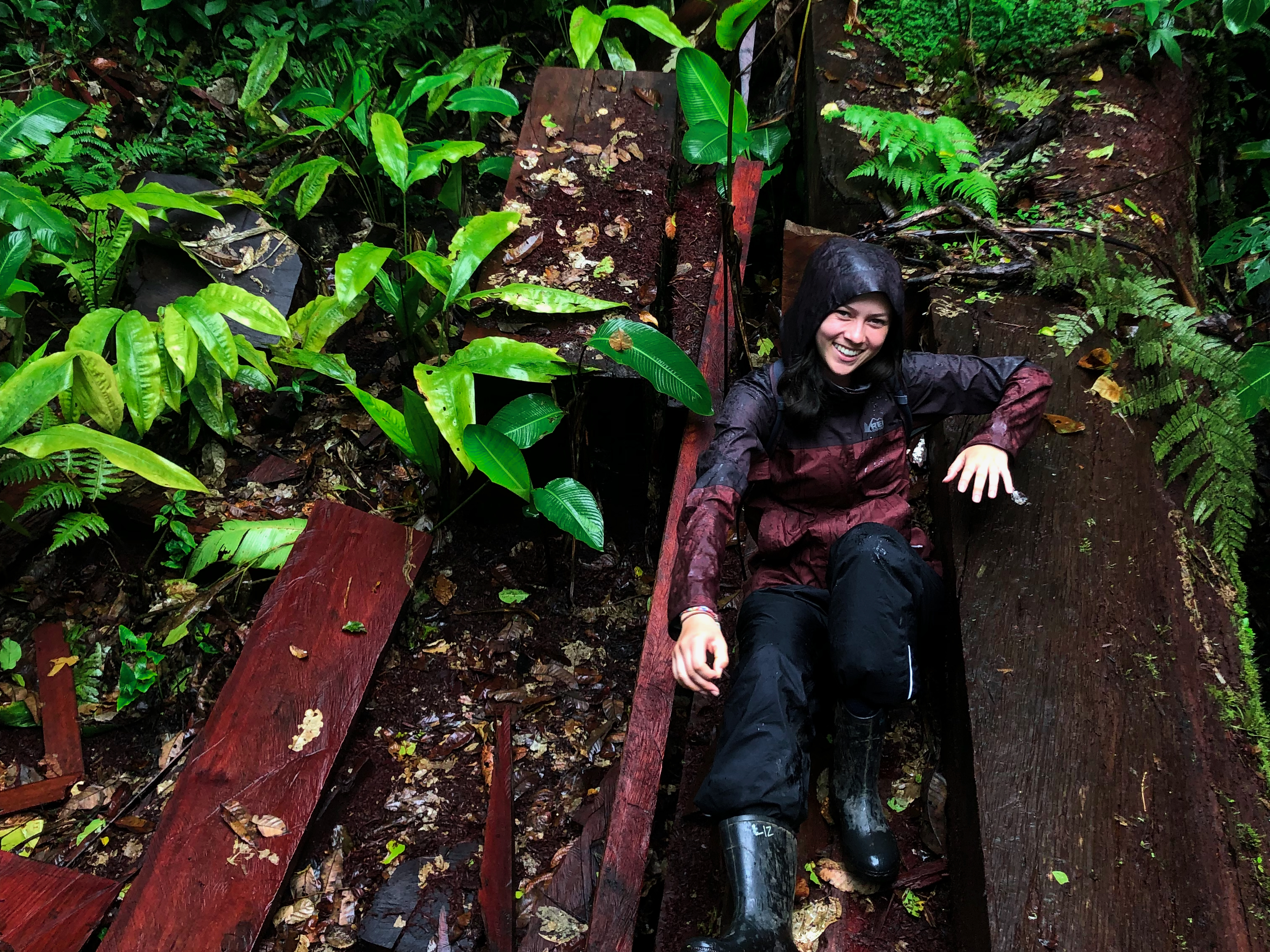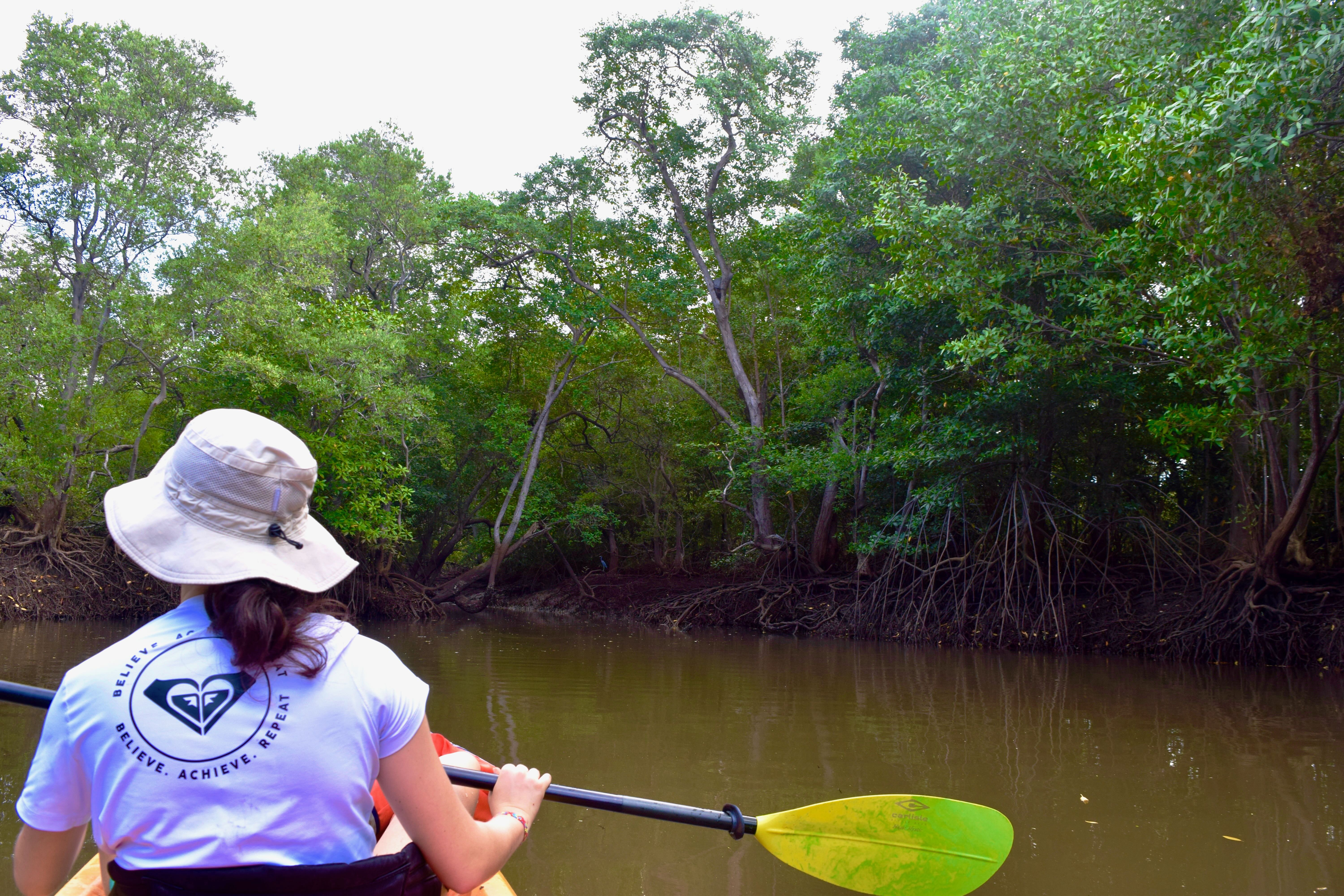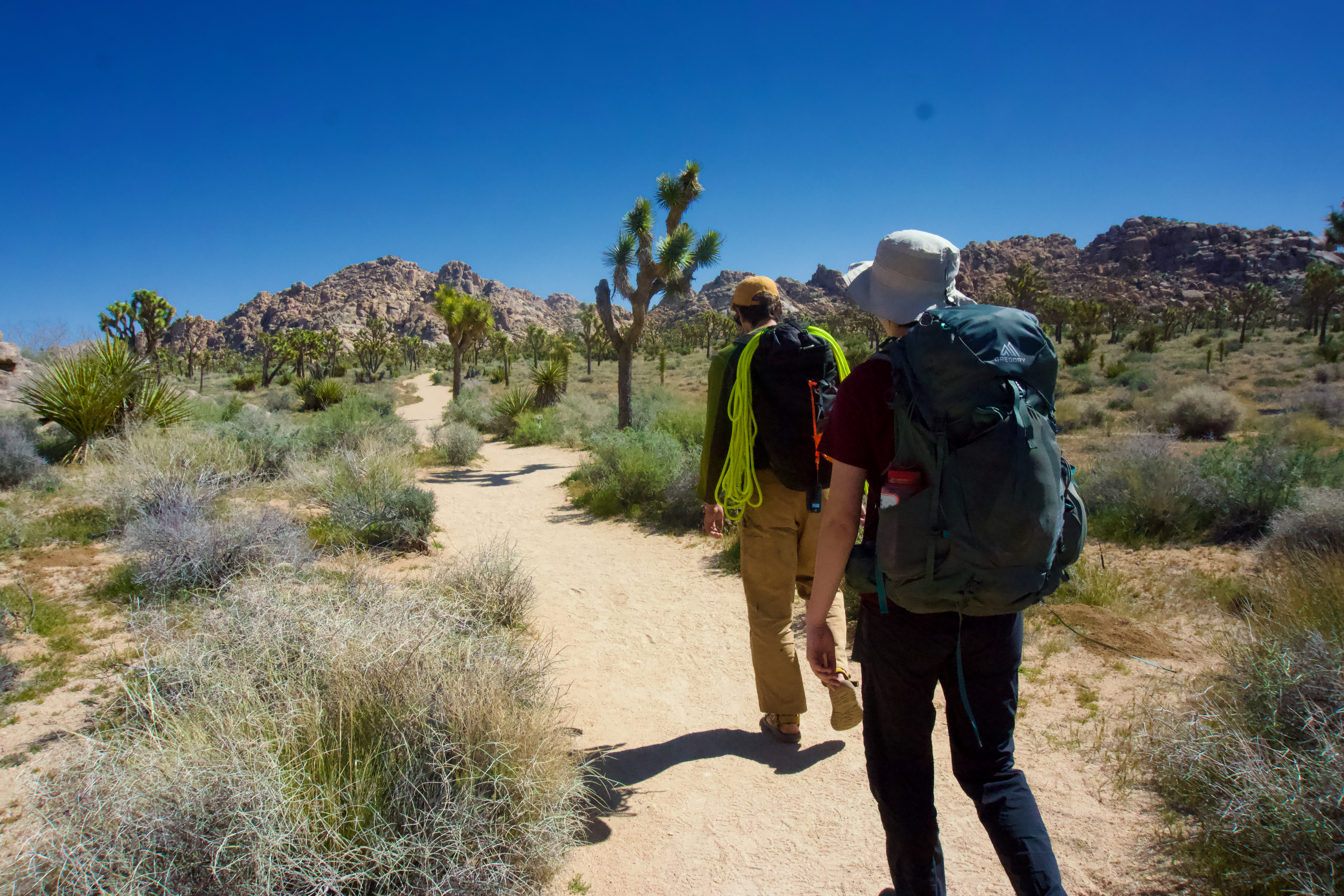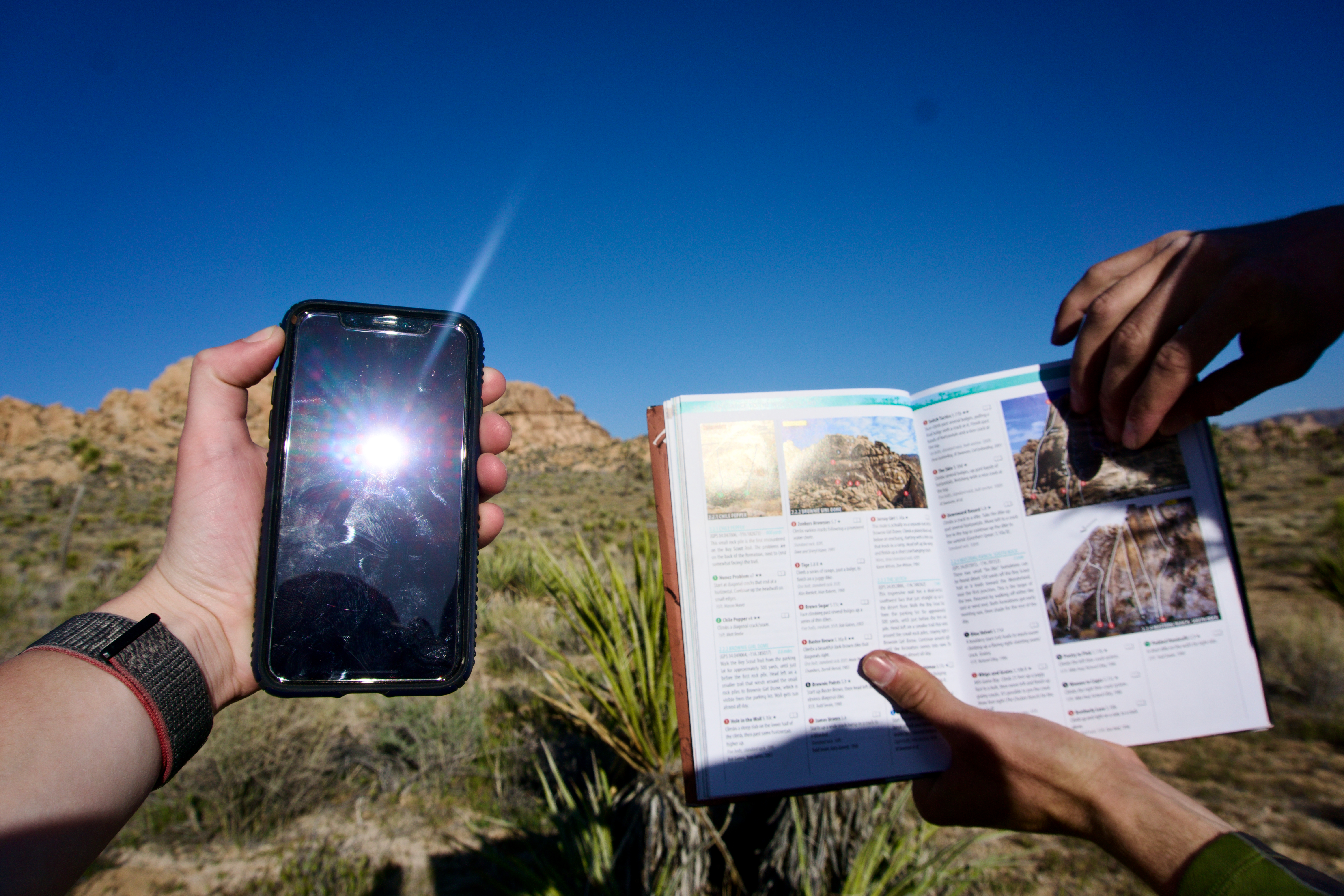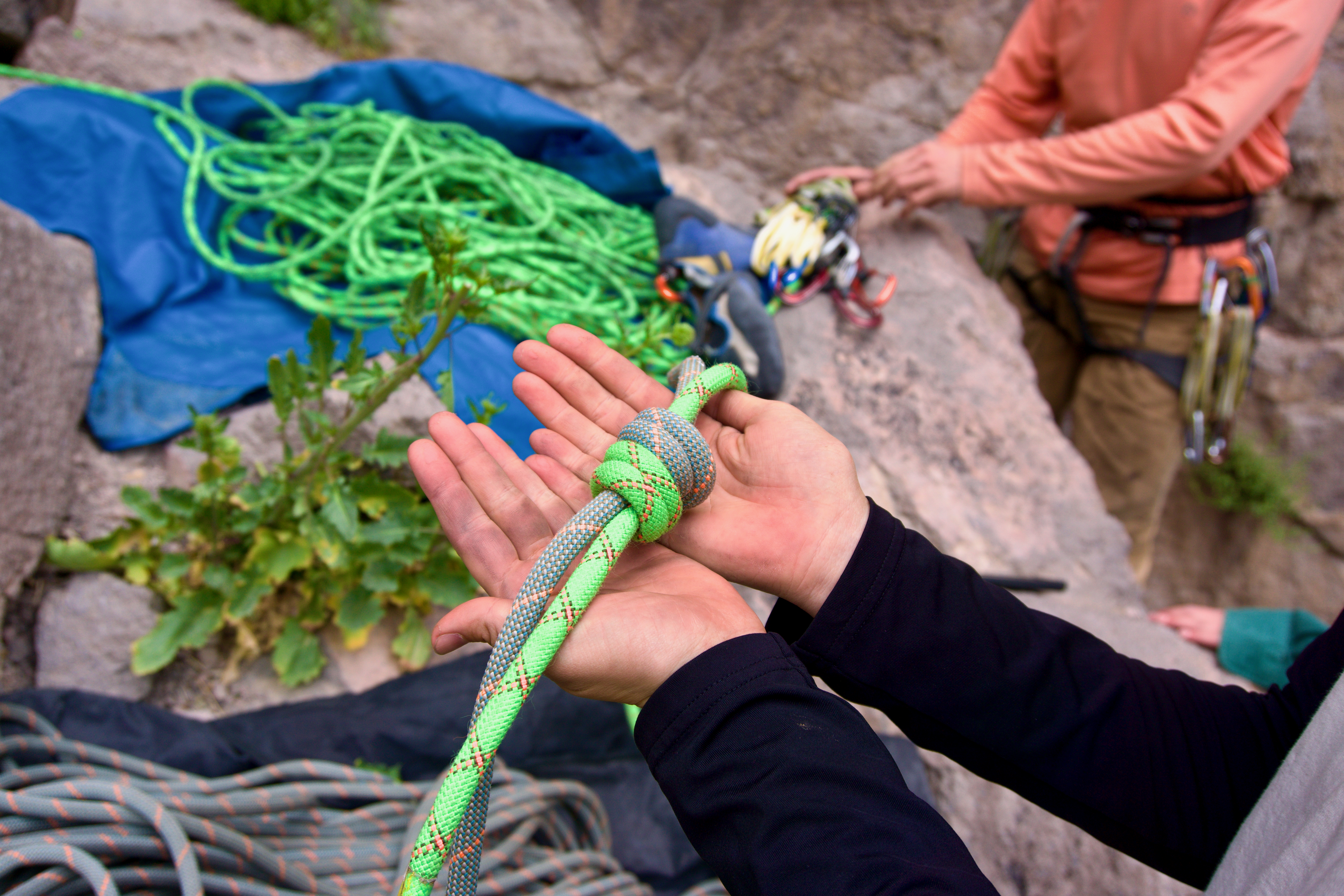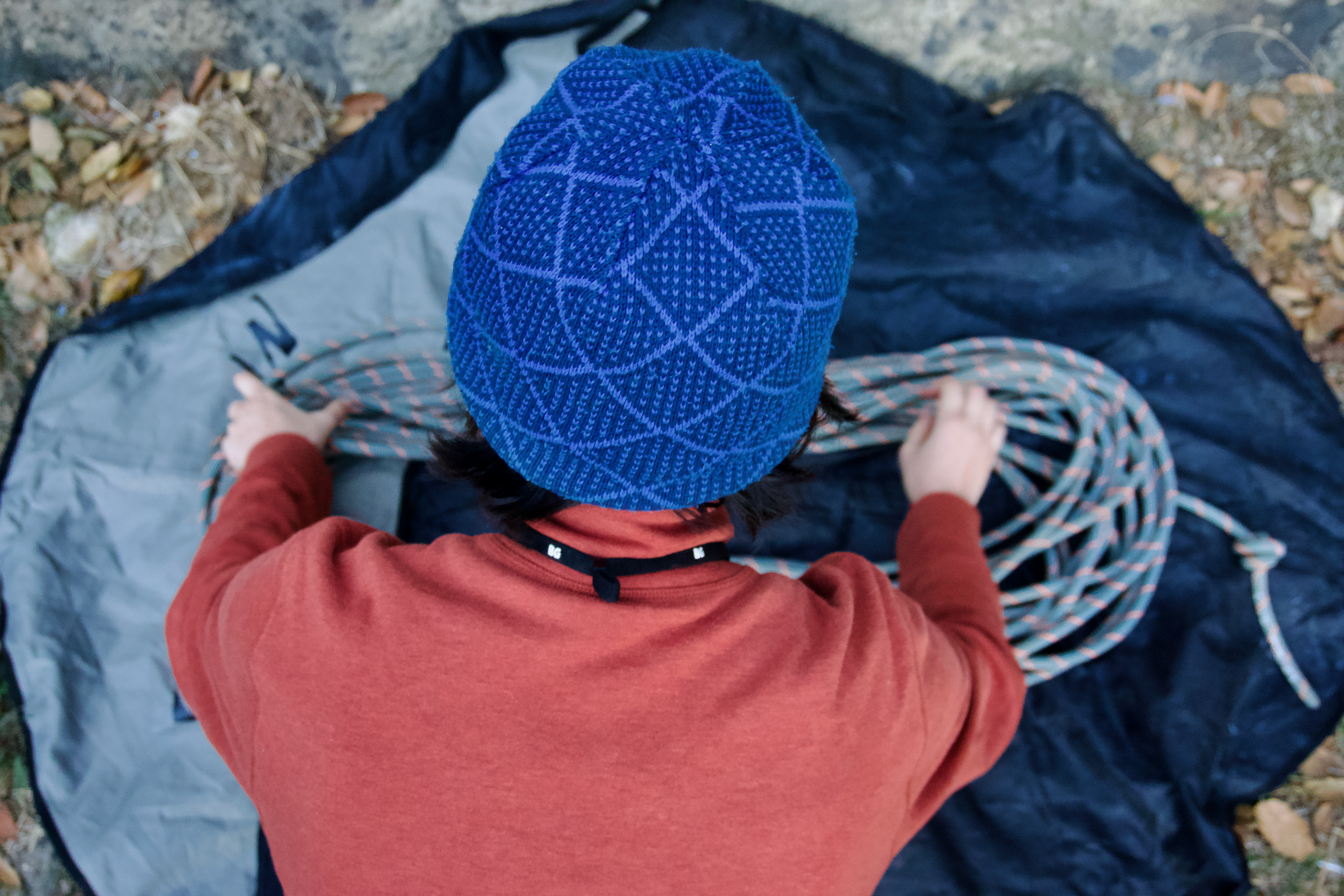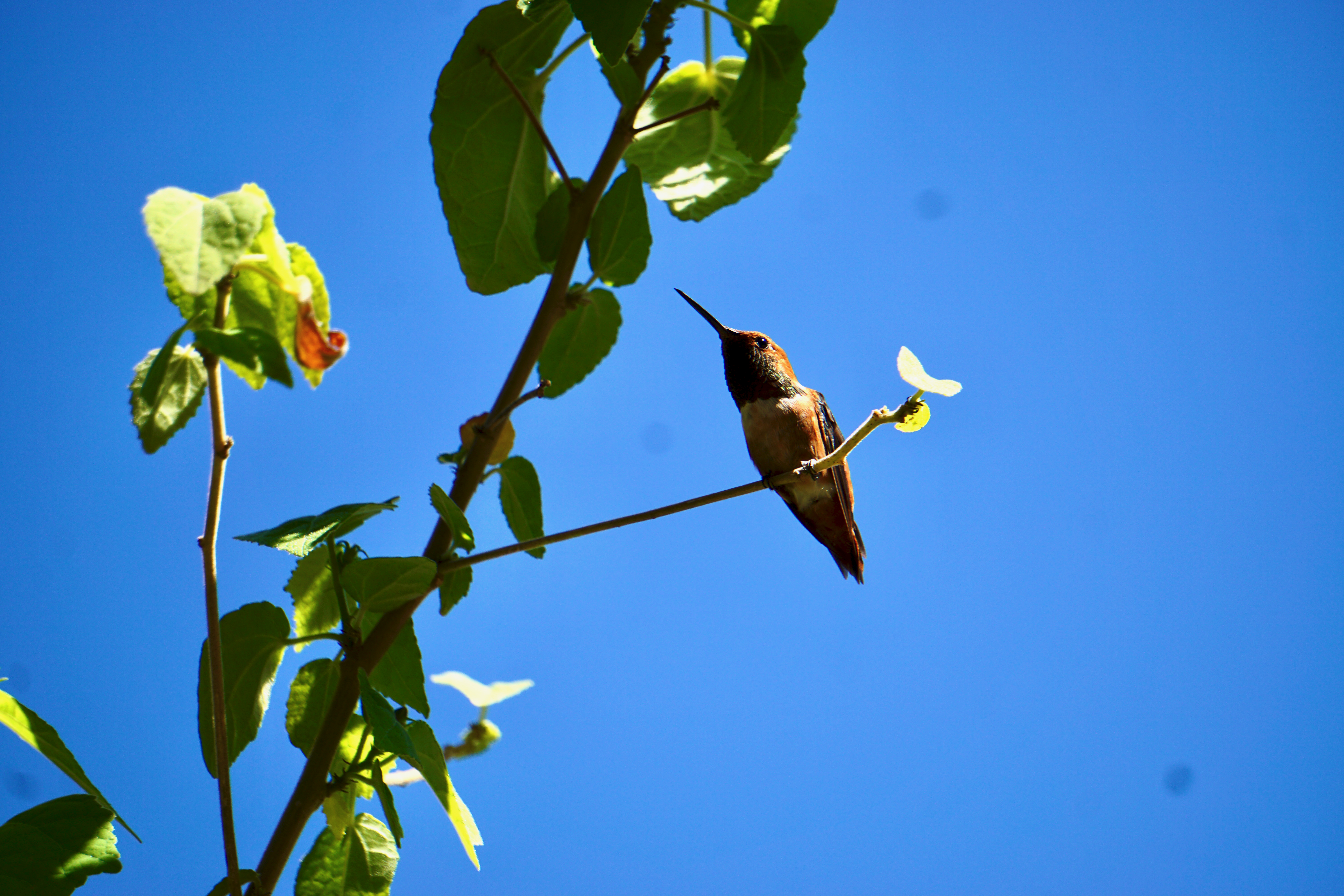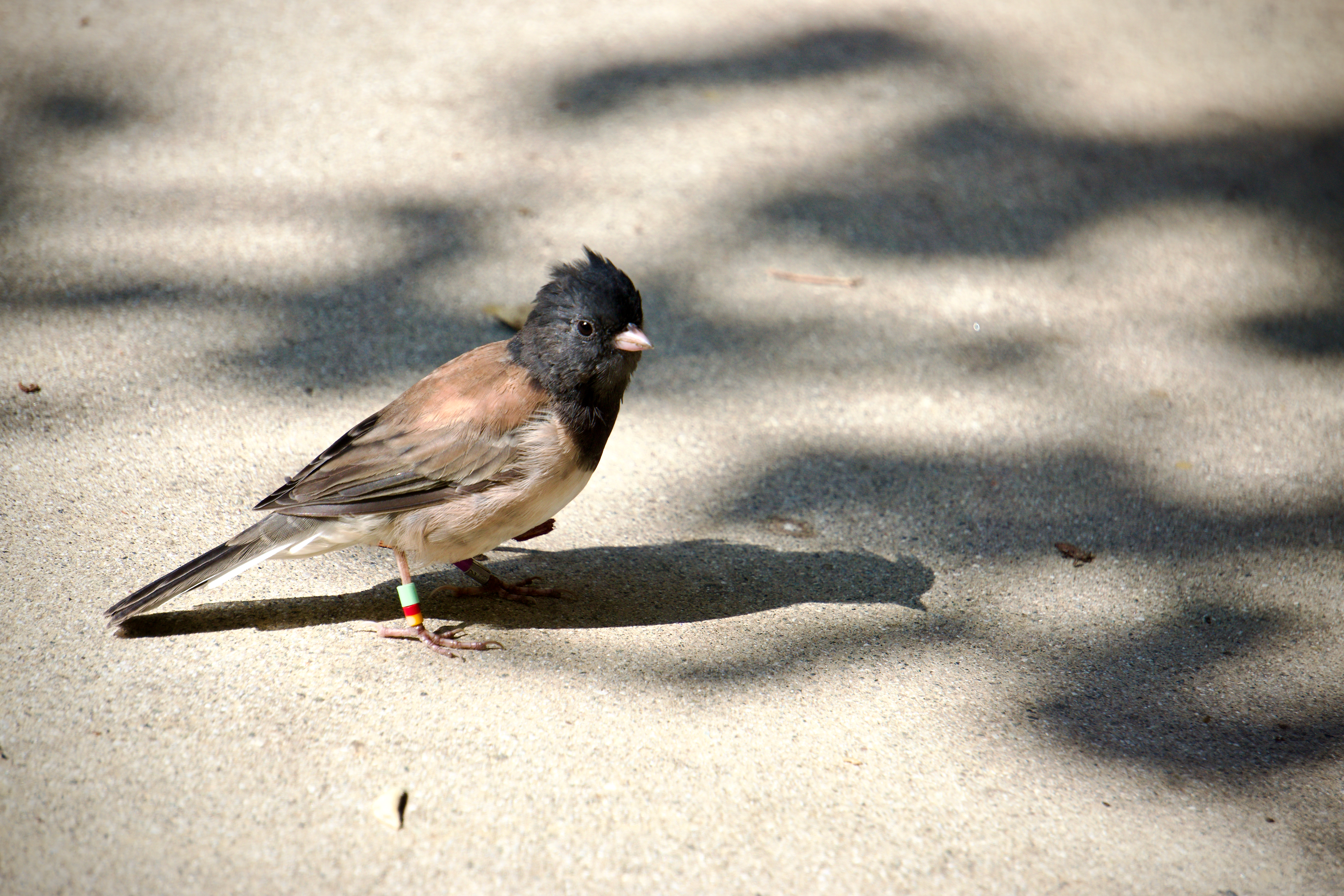Sedgwick UC Reserve
My previous job was with Dr. Nathan Kraft’s plant ecology lab at UCLA. A large component of the job was field work at the Sedgwick UC Reserve in the Santa Ynez Valley. The lab has an experimental plot where conduct research related to competition and coexistence with a variety of native and invasive California annual plants. You can see some photos of the plot being prepared for each year’s experimental design below.
As with most field work, weather was a major factor for the research we could conduct. Several “atmospheric rivers” meant the plot was often soggy and wet. We even lost a year’s worth of plants to a series of particularly bad storms. We learned from those mistakes, however, and came back the next year better prepared with straw buffers and strategically placed drainage trenches.
Unfortunately, water was not the only thing we had to worry about. Much of the Sedgwick Reserve burned in the 2024 Lake Fire. The plot was saved thanks to the tireless work of fire crews, but the entire surrounding hillside was burned. Despite the challenges of extreme weather, our lab was still able to complete the experiments successfully. Publication of our results is forthcoming in 2025.
Hopland Research and Extension Center
I spent some time working at the Hopland Research and Extension Center with Dr. Kendall Calhoun from UC Berkeley. We were studying wildlife response to wildfire in the area. Our main data collection came from camera traps and audio monitors we placed across the reserve. Most of our fieldwork involved setting and collecting the traps every few days.
Again, Hopland is another area that has felt the effects of extreme weather in California. The 2018 Mendocino Complex Fire burned about half of the reserve. While devastating, it created a unique opportunity to study how wildlife occupancy was changing in the burned and unburned sections. We were able to examine how fire severity and pyrodiversity where affecting avian and bat species in the region, with moderate severity fire increasing the occupancy of bats, insectivorous birds, and tree nesting birds, while high severity fire decreased occupancy of ground nesting birds and granivorous birds.
Monteverde Research Institue
While at Berkeley, I participated in a study abroad program to Costa Rica. We studied tropical biology and conservation through a combination of coursework, field experiences, and independent research. While there were many wonderful memories made over the several months I was there, the research project was certainly the highlight of the program.
I chose to study how microplastics were changing in waterways along a gradient of human influence. This involved a homestay in the fishing village of Cuajiniquil, a town on the Northwest coast of Costa Rica. I collected sediment samples from the banks of three different rivers: one that ran through the town, one that ran through farmland, and one that ran through a protected area. Unsurpisingly, microplastic presence increased with proximity to humans.

